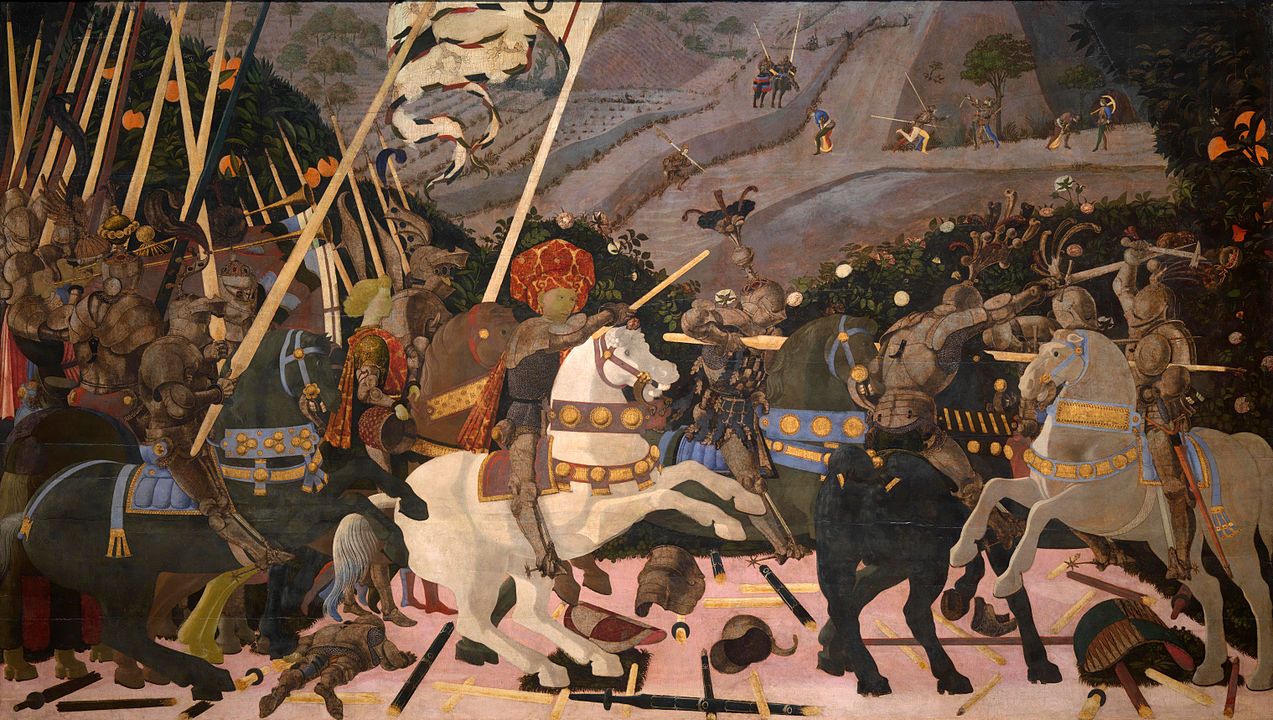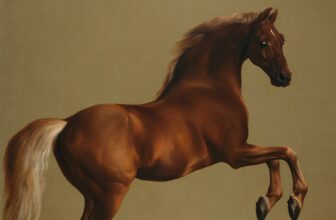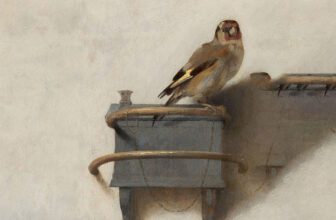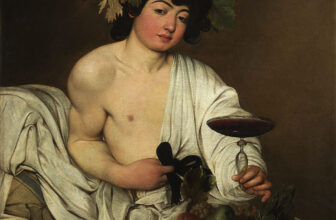
A Look at One of Renaissance Art’s Most Striking Masterpieces
The Renaissance was an era of rebirth, not only of classical ideals and artistic techniques but also of civic pride, political narrative, and military heroism. Few artworks capture this synthesis as powerfully as The Battle of San Romano, a series of three large panel paintings by the 15th-century Florentine master Paolo Uccello. These works are as much statements of military valor as they are technological marvels in painting, showcasing Uccello’s obsessive fascination with linear perspective and his stylistic ambition.
But beyond the spears and armored knights lies a story of political propaganda, personal pride, and artistic innovation. This post will walk you through what is happening in the painting, why it was commissioned, what type of painting it is, its medium, and where it resides today.
To the casual viewer, The Battle of San Romano seems like a chaotic melee of lances, horses, and gleaming armor frozen in dramatic tension. But look closer, and you’ll find a tightly choreographed composition that captures a specific historical moment: the Battle of San Romano, fought in 1432 between the forces of Florence and Lucca, the latter supported by Siena.
The central figure in all three panels is Niccolò da Tolentino, a renowned condottiero (mercenary leader) employed by the Florentine Republic. The battle was one of several in the drawn-out regional conflicts of Renaissance Italy, and it ended inconclusively, but Florentine propaganda transformed it into a proud symbol of civic strength and martial prowess.
Breaking Down the Three Panels
The Battle of San Romano is not a single painting but three separate but related panels, each depicting different moments of the same battle:
1. Niccolò da Tolentino Leading the Florentine Troops
Location today: National Gallery, London
In this panel, Niccolò da Tolentino charges heroically on a white horse, his red and gold surcoat billowing. He holds a baton, a symbol of command, and his hat is dramatically feathered, setting him apart.
The composition centers on his almost statuesque pose, as his troops rally behind him. This is a moment of initiation, Florence making its grand move on the battlefield.
2. The Counterattack of Michelotto da Cotignola
Location today: Uffizi Gallery, Florence
This panel shows the ferocious clash of the two sides. Michelotto da Cotignola, another commander, leads a Sienese counterattack.
The scene is denser, with more broken lances and entangled horses. It’s the visual crescendo, symbolizing the battle’s turning point.
The lances and weapons are carefully arranged in diagonal lines that showcase Uccello’s mastery of perspective.
3. The Unseating of Bernardino della Ciarda
Location today: Louvre Museum, Paris
Here, the Sienese commander Bernardino della Ciarda is knocked from his horse, portrayed as a key moment of Florentine victory, though historically dubious.
The central focus is the dramatic fall of the commander, surrounded by the melee of combat. Uccello captures the tension of movement with incredible detail and abstraction.
Art as Narrative
These paintings aren’t just literal depictions; they are staged historical dramas. Uccello arranges the figures like chess pieces on a grand battlefield. Horses rear dramatically, soldiers are frozen mid-swing, and lances scatter like pick-up sticks. The entire effect creates a theatrical and deliberate sense of controlled chaos, ideal for glorifying Florence’s role and showcasing the tactical discipline of its troops.
Why Was the Battle of San Romano Commissioned?
The Battle of San Romano paintings were commissioned as a celebration of Florentine military prowess and a tribute to Niccolò da Tolentino’s supposed heroism. Though the exact patron is unknown, it is widely believed that the works were commissioned by a wealthy Florentine family, most likely the Bartolini Salimbeni, or perhaps even intended for a Medici patron at a later date.
While the battle itself wasn’t a decisive or legendary victory in military terms, the narrative was reshaped for patriotic and propagandistic purposes. In Renaissance Italy, such embellishments were commonplace. City-states like Florence, Siena, Milan, and Venice regularly commissioned artworks to legitimize their rulers and military endeavors.
Uccello’s panels served to:
Commemorate Florence’s military engagement.
Celebrate Niccolò da Tolentino as a heroic figure, an embodiment of bravery and tactical genius.
Showcase Florentine innovation and excellence, not just in war but in art and culture.
Decorate a prestigious private or civic interior, transforming military success into cultural capital.
The grandeur of the paintings also suggests they were meant to impress visitors and inspire civic pride. In the courts and palazzi of Renaissance Italy, art was power, and these panels radiated it.
What Type of Painting is the Battle of San Romano?
The Battle of San Romano is best classified as a historical narrative painting, a genre that depicts events from history, especially those that align with moral, civic, or heroic themes.
More specifically, it is an epic battle scene, a rare subject in the early Renaissance, where religious or mythological themes were more common. This painting was among the first in Florence to deal with a contemporary secular event on such a large and ambitious scale.
But it also fits into several artistic categories:
Panel Painting: Created on large wooden panels rather than frescoes or canvas.
Court Art: Likely commissioned for a private, noble residence or palace, making it a high-status work.
Propagandistic Art: Designed to elevate a particular narrative or figure (in this case, Florentine superiority and Niccolò da Tolentino’s heroism).
What makes it particularly innovative is Uccello’s integration of mathematical perspective, a relatively new technique at the time, which added a sense of realism and depth to an otherwise stylized scene. The careful placement of weapons, figures, and horses creates a geometric precision that was revolutionary in its day.
What is the Medium of the Battle of San Romano?
The medium of The Battle of San Romano is tempera on wood panel, a traditional medium used during the 15th century before the widespread adoption of oil painting in Italy.
Tempera is made by mixing pigment with egg yolk, which gives it a luminous, matte finish. It dries quickly and allows for fine, detailed brushwork.
The wood panels used were typically poplar or another locally available hardwood, gessoed (primed) before painting.
Tempera doesn’t allow for the rich blending of colors possible with oil, but Uccello turns this limitation into a strength. His crisp outlines and vibrant color blocking make the action feel frozen in time, more like a medieval tapestry than a fluid, Baroque composition.
He also incorporates gold and silver leaf, particularly on the armor and decorative trappings of the horses. Though some of these metallic elements have oxidized over time (silver has turned black), they would have originally added a shimmering, luxurious effect, mimicking the glint of real armor in candlelight.
Where is the Battle of San Romano Located Today?
Originally, all three panels were meant to be displayed together in a single location, possibly adorning a great hall or private chamber. But history, and the allure of Renaissance masterpieces, had other plans. Today, the three paintings are scattered across three of the world’s most prestigious museums, each holding one panel:
1. National Gallery, London
Panel: Niccolò da Tolentino Leading the Florentine Troops
Acquisition: Entered the National Gallery collection in the 19th century.
Notes: The bright palette and dramatic pose of Tolentino make this panel a visual standout.
2. Uffizi Gallery, Florence
Panel: The Counterattack of Michelotto da Cotignola
Acquisition: It remained in Florence and is displayed alongside other masterworks of the early Renaissance.
Notes: The dynamic perspective in this panel makes it perhaps the most technically impressive.
3. Louvre Museum, Paris
Panel: The Unseating of Bernardino della Ciarda
Acquisition: Acquired by the Louvre during the Napoleonic wars or through private sales in the 19th century.
Notes: This panel is visually dramatic, capturing a climactic moment of battlefield reversal.
The Tragedy of Separation
While each panel can be appreciated on its own, the triptych was designed to be seen together, in a specific order and orientation. Their separation robs viewers of the full narrative arc and compositional unity. However, modern exhibitions occasionally reunite them in digital reconstructions or loan-based reunions, offering fleeting glimpses of Uccello’s original vision.
A Monument to Renaissance Glory
The Battle of San Romano stands as a bridge between medieval stylization and Renaissance innovation. Paolo Uccello, with his obsessive love of perspective and geometry, didn’t just paint a battle, he painted an idea: that of Florence as a noble, martial, and artistic beacon in an age of warring city-states.
Commissioned to glorify a questionable victory, painted with revolutionary technique, and scattered across continents, the panels of The Battle of San Romano remain among the most enduring testaments to the Renaissance’s blend of art, politics, and storytelling.
In a world where images were power, Uccello’s masterpiece was a cannon blast, a bold proclamation of what painting could be.




